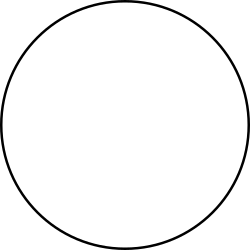Top Qs
Timeline
Chat
Perspective
Hungaria family
From Wikipedia, the free encyclopedia
Remove ads
The Hungaria family (003[1]) is a collisional asteroid family of at least 2,966 known asteroids,[2] named for its largest member, the 11-kilometre (6.8 mi)-across asteroid 434 Hungaria. It lies within the larger dynamical group of Hungaria asteroids, a group of asteroids in the far inner asteroid belt, with semimajor axes of 1.78 to 2.00 AU. All members of the family are bright E-type asteroids with albedos of around 0.35-0.6.
An asteroid family is a group of physically-related asteroids usually created by a collision with an original larger asteroid, with the fragments continuing on similar orbits to the original. This is distinct from a dynamical group in that the members of a dynamical group only share similar orbits because of gravitational interactions with planets, which concentrate asteroids in a particular orbital range. Members of the Hungaria family are both part of the wider Hungaria dynamical group, and fragments of 434 Hungaria. The family is considered a catastrophic asteroid family because 434 Hungaria, its largest member, makes up only a fifth of the family's mass.[3]
The family has been variously estimated to be 205±45 million years,[4] 275 million years,[5] and 400±100 million years old.[6]
Remove ads
Large members
- 434 Hungaria: 0.0147 (18.8%)
- 1103 Sequoia: 0.00384 (4.9%)
- 3169 Ostro: 0.00157 (2.0%)
- 4031 Mueller: 0.000889 (1.1%)
- 3086 Kalbaugh: 0.000693 (0.9%)
- 1919 Clemence: 0.000579 (0.7%)
- 5390 Huichiming: 0.000519 (0.7%)
- 5427 Jensmartin: 0.000464 (0.6%)
- 4232 Aparicio: 0.000439 (0.6%)
- 5378 Ellyett: 0.000421 (0.5%)
- all other members: 0.0541 (69.2%)
Mass distribution of the Schubart family (assuming similar densities)
Remove ads
References
Wikiwand - on
Seamless Wikipedia browsing. On steroids.
Remove ads
